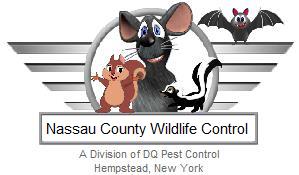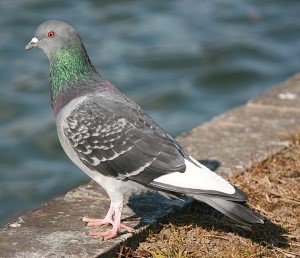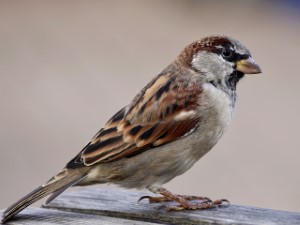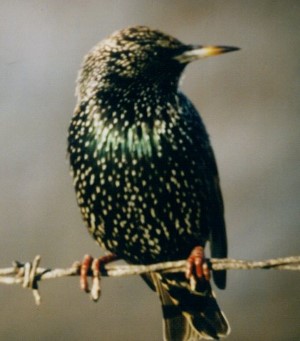Nassau County Bird Control - News
Wild Parrots Of Nassau County, Long Island, New York
Quaker Parrots are also known as Monk Parakeets. Quaker parrots are a highly intelligent small bright-green parrot with a greyish breast and greenish-yellow abdomen. This parrot originated from Argentina and the surrounding countries in South America, where it is considered to be an agricultural pest. Government sponsored programs in Argentina succeeded in exterminating more than 400,000 of these birds in the late 1950s and early 1960s. In the mid-1960s a decision was made to sell the birds to the United States as opposed to killing them. In excess of 60,000 wild parrots were shipped from South America to the United States. A large shipment of birds destined for sale in New York pet shops were accidentally released at Kennedy Airport in 1967 or 1968. Despite being tropical birds, these parrots are resilient to cold and can tolerate New York City winters. In the 1970s the escaped parrots became established residents and have expanded to all five boroughs of New York City, Long Island, Connecticut, New Jersey, Rhode Island and beyond. In fact, Quaker Parrots have been spotted in at least fifteen states within the United States. This bird has an average lifespan of twenty to thirty years and unlike other species of birds, the parrots do not fly south for the winter. This parrot will build a stick nest in a tree or on a man-made structure, as opposed to utilizing a hole in a tree. These gregarious birds build a single large nest with separate entrances for each pair of parrots in the colony. Unlike pigeon feces, Monk Parakeet droppings are not corrosive.







